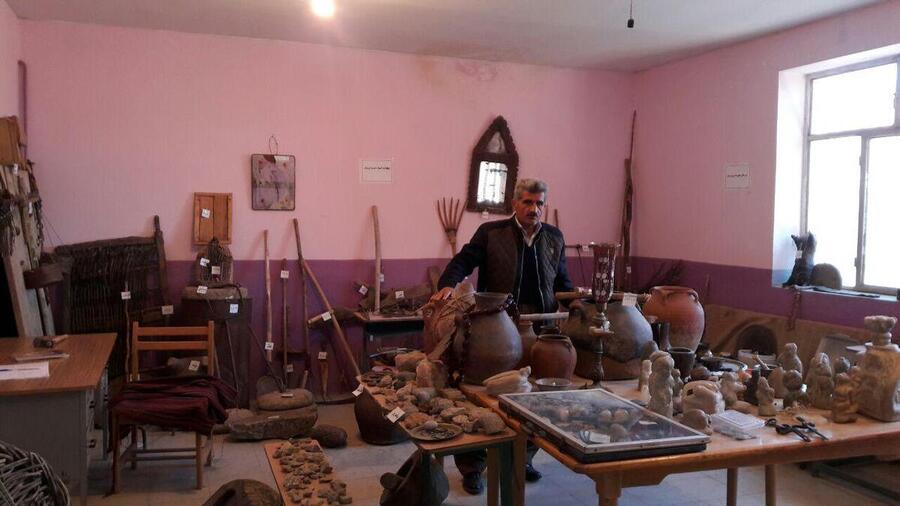Mariwan City
Mariwan is one of the most important cities in Sna province in the East part of Kurdistan, located 125 kilometers from the provincial center (Sna). It is bordered by Bana and Saqez in the north, Sna in the east, Hawraman in the south, and Penjwen, the southern part of Kurdistan, in the west.
Mariwan has a charming and attaractive nature, especially in spring and May attracts the attention of most people from other regions, and there are many natural, historical, and tourist attractions in this city.
Among the tourist attractions of Mariwan are its villages, especially the village of Ney, located five kilometers south of the city and Zrebar Lake.
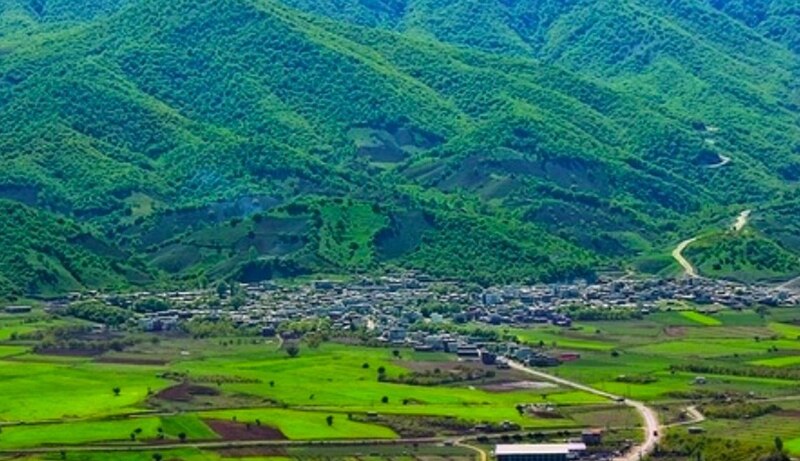
Village of "Ney"
Ney village is one of the largest villages in the Sna province of the East part of Kurdistan, located five kilometers south of Mariwan city and Zrebar Lake. The village is the gateway to all the villages of Bari Begzadeh and Bnari Suren. It consists of 900 houses and has a population of about 3000.
This village has a charming nature and many beautiful resorts that are visited by many tourists every year.
The occupations of the people of Ney are agriculture, livestock, breeding, and gardening due to the large amount of land and gardens. Also, as it is located near the Kurdistan borders, border affairs are the occupation of another part of the people of this village.
According to the locals, the name "Ney" seems to have three meanings: "First, reed; second, a tool in mill, and third, an ancient and historical word that means a pond of blood."
This village has long been prosperous due to its strategic location, abundant water, vast plains, deserts, dense forests for hiding, and livestock farming. Also, ancient castles and monuments such as: "Gwan Castle, Wla Gawr, Qabra Bagzada, Grda Khazena, Asngaran, Ashab, Gird and Ziarat, Brakujaw, and Kapr Hakim, etc., are examples of proving the ancient life in this village.
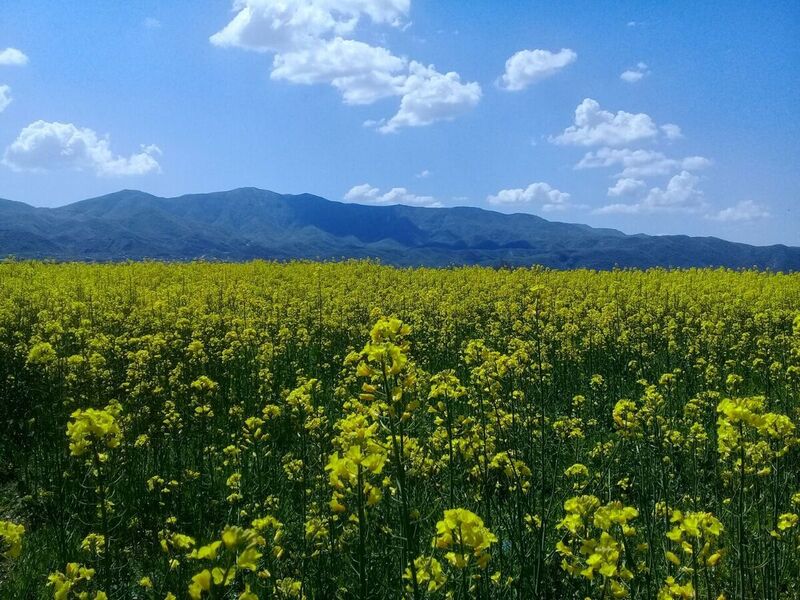
Ney village has been burned tens of times throughout history and its people have taken refuge in other places behind the village, such as Kon village, Bra Kuzhraw, Chawg, and Ashab, where remains of life are still available. According to historical evidence, in the middle of the Qajar rule, the people of Ney came from Kon village to the present place and rebuilt the village of Ney with several other nomadic families.
The village has seen much difficulty and hardship throughout history. Reza Shah's forces first went to Ney to reform the hijab. A woman was killed in the clashes and dozens of families fled to the South part of Kurdistan.
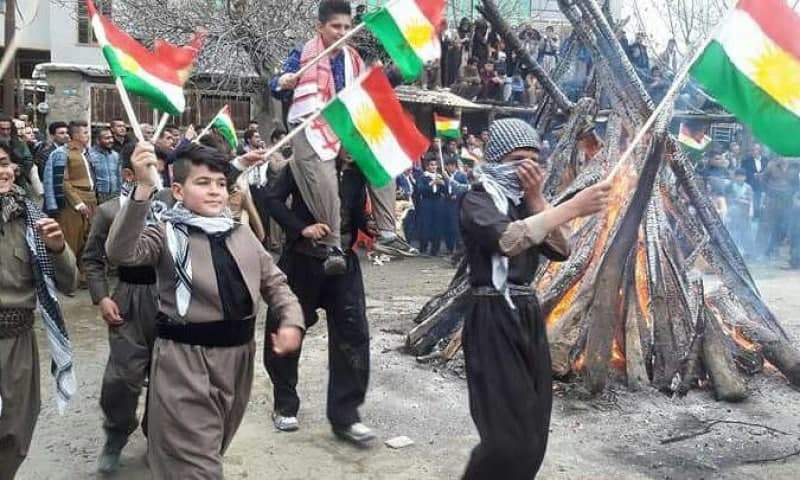
At the beginning of the Iranian People's Revolution, Ney was attacked and shelled several times. On the other hand, in the spring of 1988, the fall of the Ba'athist regime in Iraq carried out chemical attacks on Ney, killing and wounding hundreds of innocent people.
This village played an active role in the Kurdish people's struggle, and in 1945, several people went to Mahabad with Mohammad Khan Kanisanan to celebrate the Kurdistan Republic.
The people of Ney have strong national feelings and celebrate national holidays such as Newroz and January 22 every year, regardless of government forces. Newroz in Ney is famous throughout Kurdistan because of its special way of celebrating it.
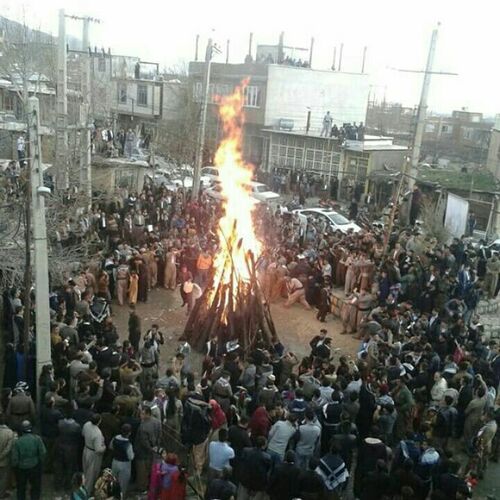
Museum of "Ney"
Ney has a museum with hundreds of examples of ancient artifacts and is visited by hundreds of people every day. Fateh Arzhangi is the owner of this museum. “In 1996, considering my intellectual background, which was very interested in art, especially calligraphy, painting, and poetry, I felt the importance of setting up an anthropology museum. I was looking under the ruins for ancient and historical objects that represented the identity of my nation. I collected anthropologic objects in a room of my house and wondered if people would ever be attracted to these objects.”
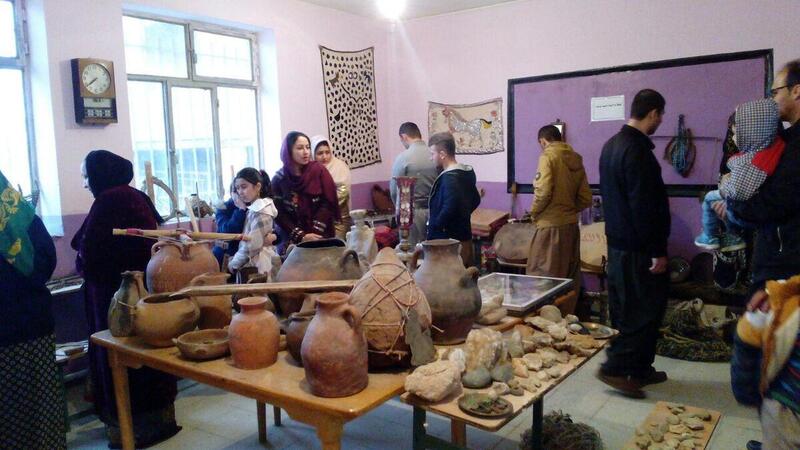
The museum consists of different sections such as: "anthropology, agriculture, clothing, pottery, sculptures, hunting tools, types of Khomra (pot), stones, and ancient Necessities of life. About 2500 pieces of anthropologic materials belonging to the Kurdish people have been collected in this museum, which is probably the first village museum with these features.
The owner of the museum said, "The museum is free of charge and warmly welcomes its lovers. Any kind of antique objects from compassionate people as gifts can help enrich the museum."

